Was the 1980s Marvel's Golden Era?
The 1970s marked a period of dramatic transformation for Marvel Comics. While iconic characters and narratives like "The Night Gwen Stacy Died" and Doctor Strange's divine encounter emerged during this era, the early 1980s witnessed Marvel's greatest creators delivering definitive runs on flagship titles. This golden age birthed Frank Miller's revolutionary Daredevil, John Byrne's seminal Fantastic Four, David Michelinie's acclaimed Iron Man, and the peak of Chris Claremont's X-Men saga - soon followed by Roger Stern's Amazing Spider-Man and Walt Simonson's legendary Thor. These creative minds fundamentally shaped Marvel's enduring legacy.
The Dark Phoenix Saga and Other Pivotal X-Men Stories
Chris Claremont's franchise-defining X-Men run produced three landmark stories in the early '80s. The Dark Phoenix Saga (X-Men #129-137) remains Marvel's most consequential mutant tale, chronicling Jean Grey's transformation into the malevolent Dark Phoenix through Hellfire Club manipulation. John Byrne's cosmic artwork complemented this tragedy that introduced Kitty Pryde, Emma Frost and Dazzler while delivering Marvel's most heartbreaking sacrifice.
Days of Future Past (X-Men #141-142) redefined time-travel narratives through an aged Kitty Pryde preventing Senator Kelly's assassination - averting a Sentinel-dominated dystopia. Though only two issues, this Sentinels story (originally created by Lee/Kirby) spawned countless adaptations and alternate reality explorations.
X-Men #150 revealed Magneto's Holocaust survivor origins during a brutal battle that nearly killed Kitty Pryde. This character-defining moment established Magneto's moral complexity for subsequent decades.
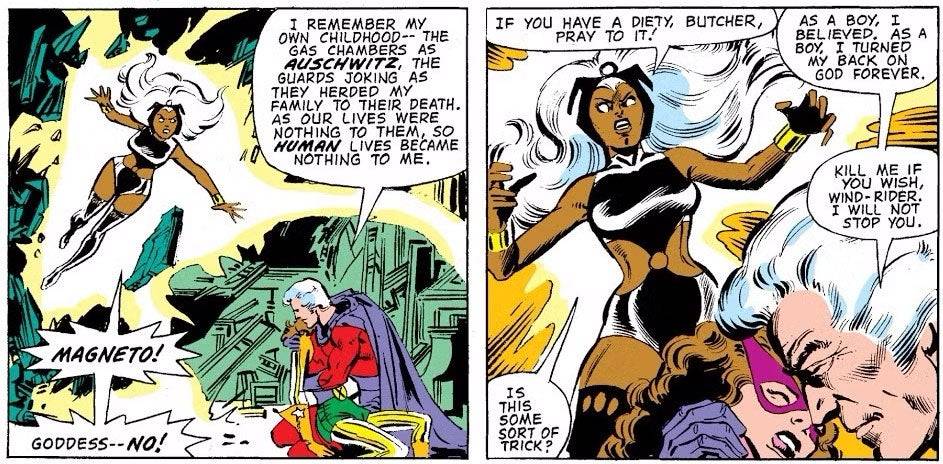
Debuts of Rogue, She-Hulk and New Mutants
The 1980s introduced pivotal female heroes beginning with Rogue's villainous debut in Avengers Annual #10 - where she permanently absorbed Ms. Marvel's powers under Mystique's command. This defining moment reshaped both characters' trajectories.
Savage She-Hulk #1 introduced Jennifer Walters as Bruce Banner's cousin gaining Hulk powers through emergency transfusion. Initially struggling creatively, She-Hulk flourished joining Avengers and Fantastic Four before her MCU adaptation.
Marvel Graphic Novel #4 birthed Marvel's first mutant spin-off team - The New Mutants - featuring Cannonball, Sunspot and Dani Moonstar. This blueprint for teen mutant stories later included Magik before inspiring the 2020 film adaptation.
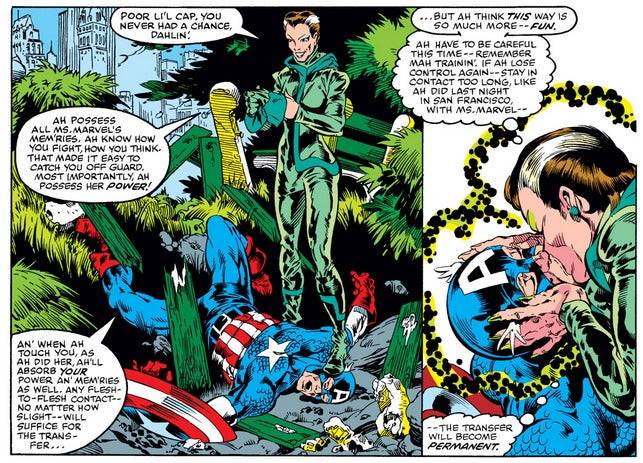
Definitive Runs on Marvel's Flagships
Frank Miller's revolutionary Daredevil #168 reinvigorated the character through Elektra's introduction and gritty crime noir aesthetics. His subsequent storyline established Kingpin as Matt Murdock's archnemesis and introduced Stick - foundational elements for all Daredevil adaptations.
Iron Man's Doomquest arc (#149-150) pitted Tony Stark against Doctor Doom in Arthurian legend, cementing Doom as an essential Iron Man adversary. Meanwhile, Captain America #253-254 delivered Roger Stern and John Byrne's brutal Baron Blood storyline reflecting wartime horrors.
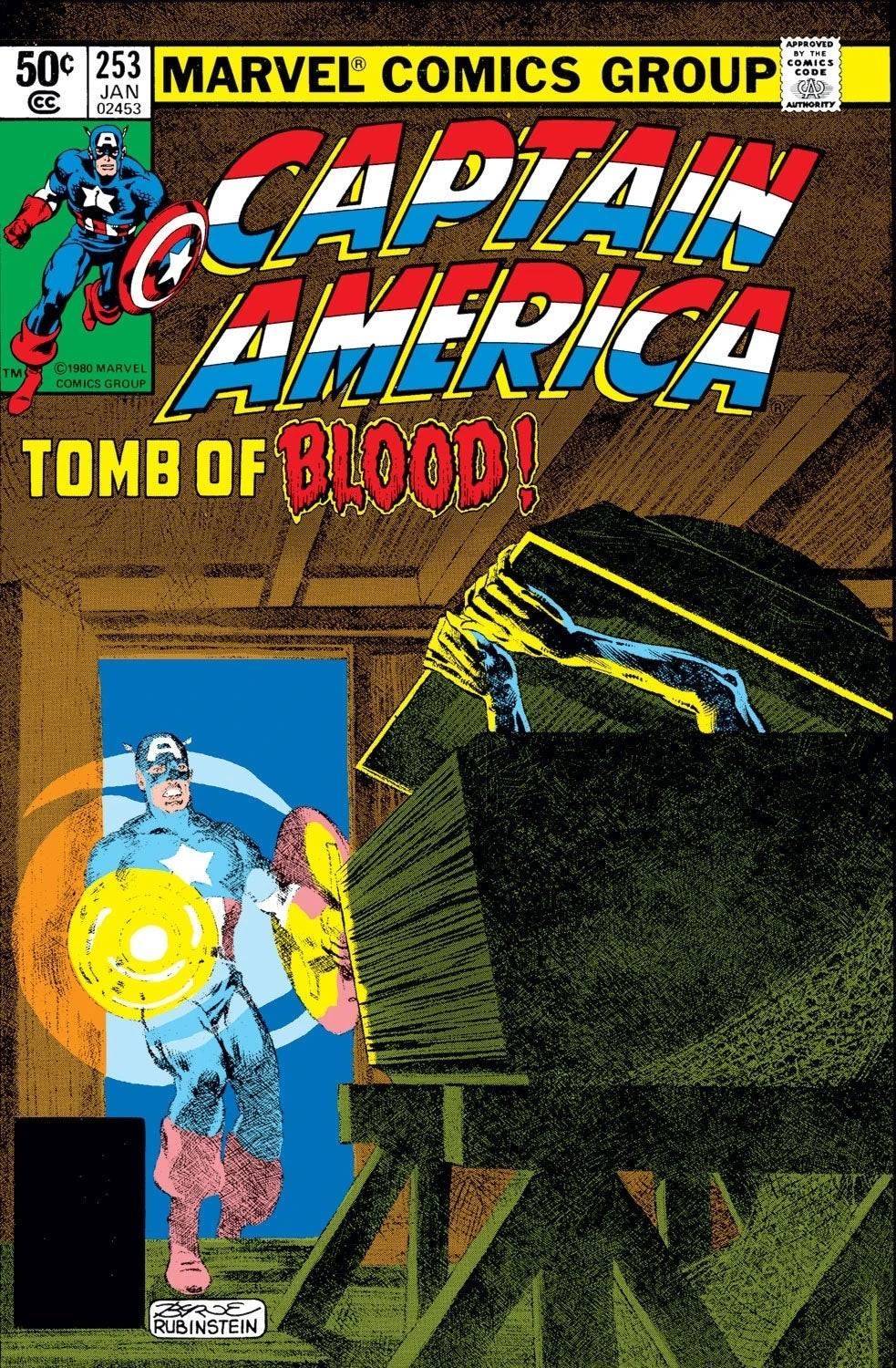
Moon Knight's Heroic Turn and G.I. Joe's Marvel Origins
Moon Knight #1 transformed the Werewolf by Night antagonist into a complex hero through Steven Grant/Jake Lockley alternate identities - establishing his modern interpretation.
Though not Marvel-owned, G.I. Joe #1 birthed Cobra and iconic characters through Larry Hama's writing. The series became a surprise hit with female readers thanks to equitable gender representation among elite soldiers.
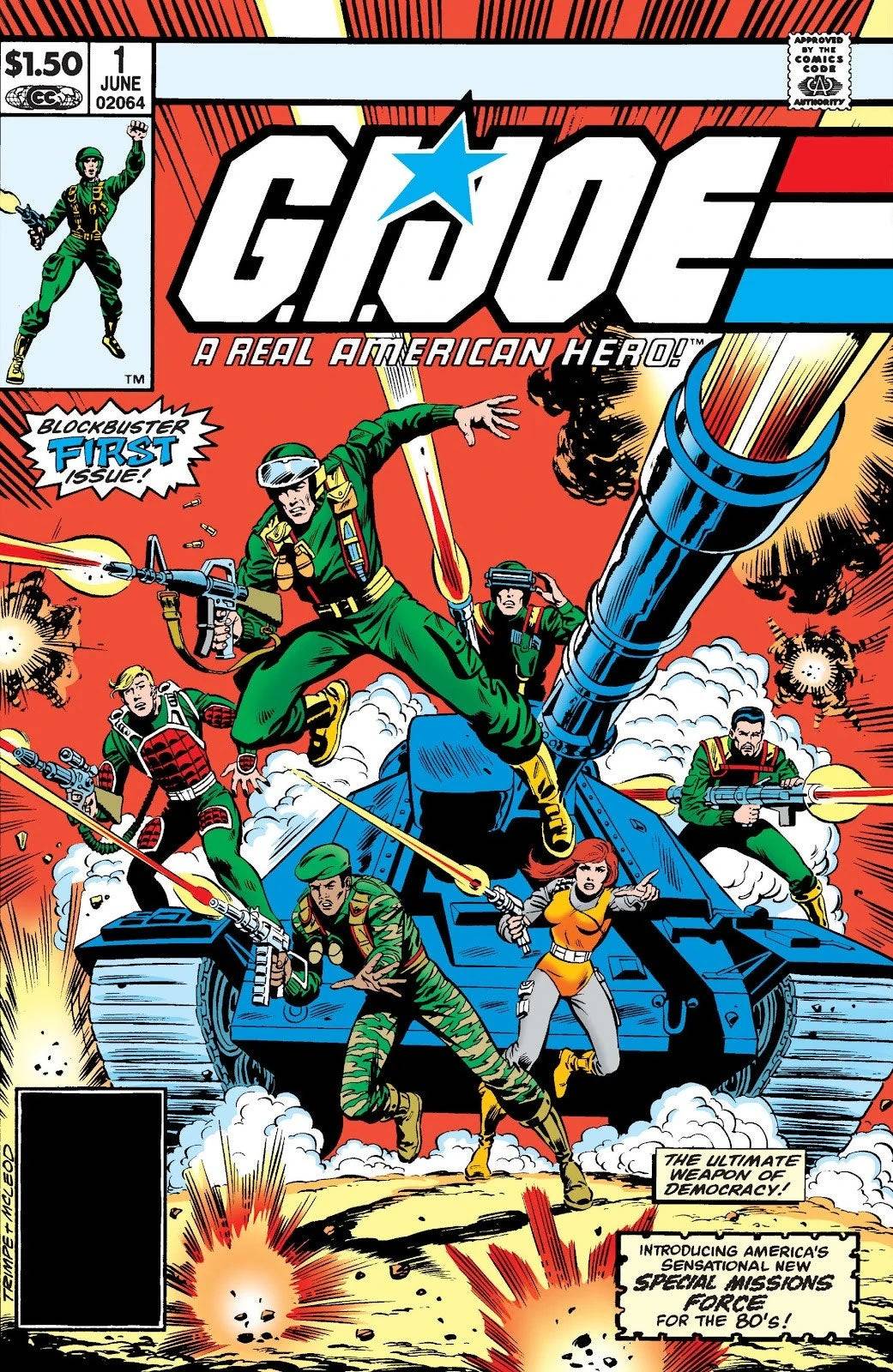

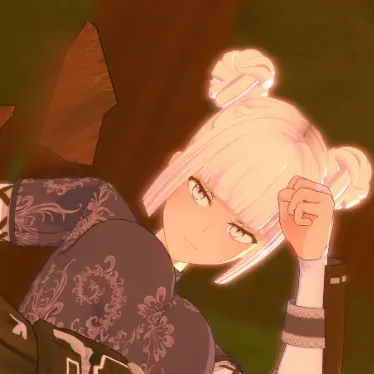
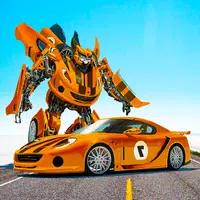

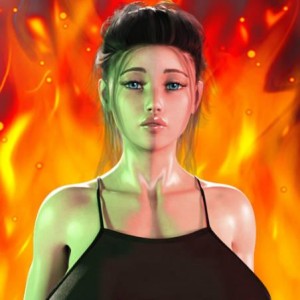
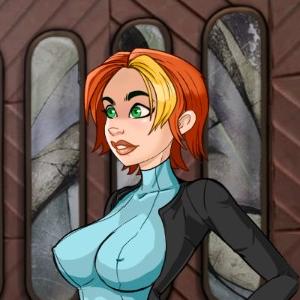

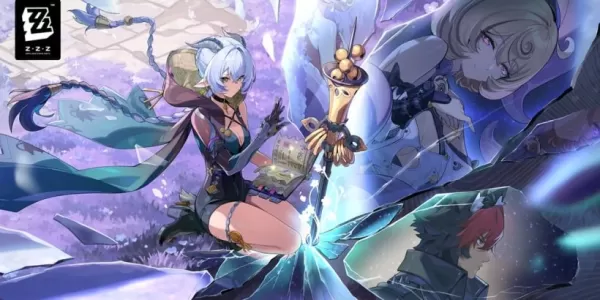



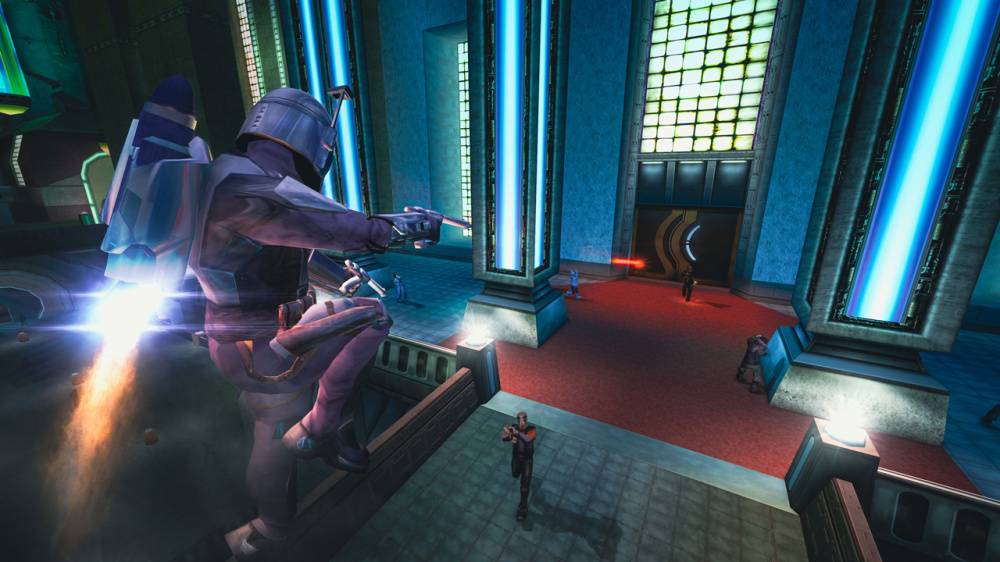




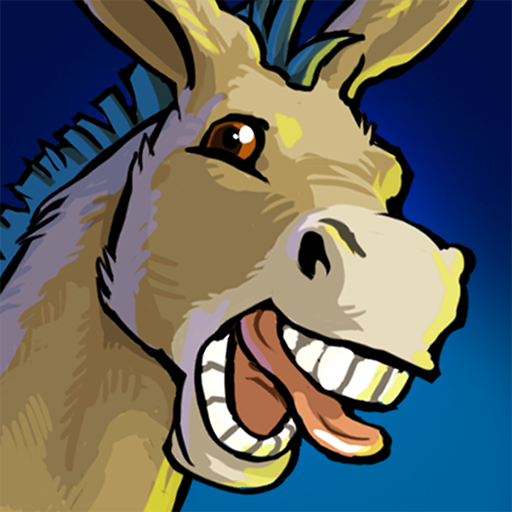
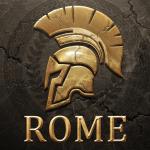
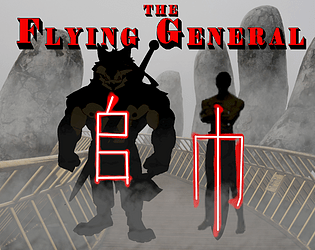




![FurrHouse [Ch. 3]](https://images.dshu.net/uploads/30/1719555089667e54115d59f.jpg)




